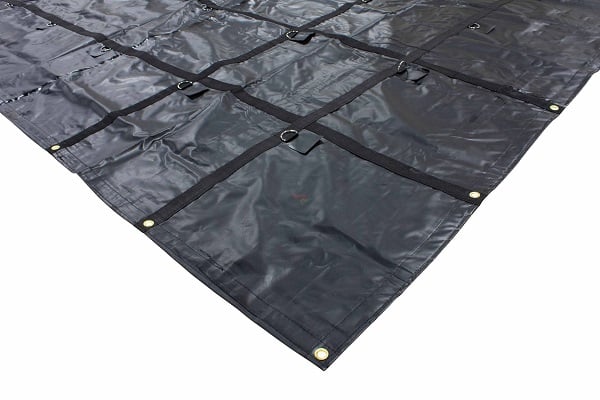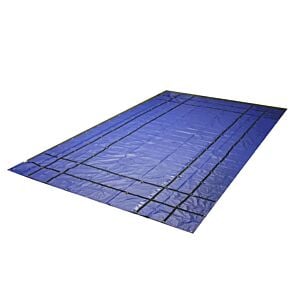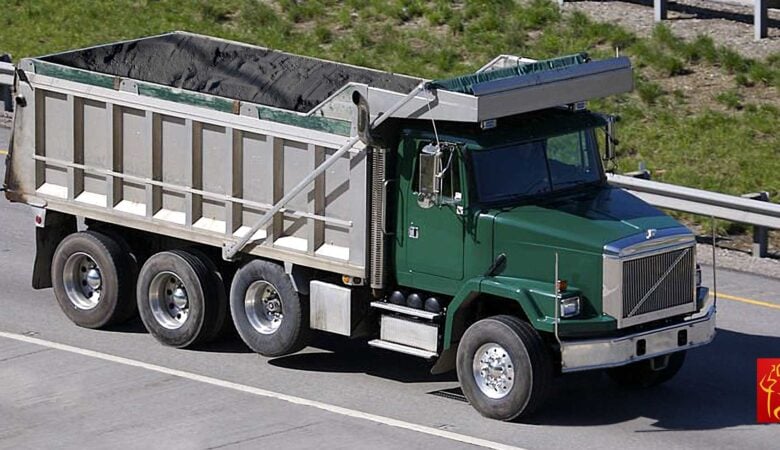Flatbed truck drivers utilize several different kinds of truck tarps depending on the loads they carry. There are lumber tarps, smoke tarps, canvas tarps and the most preferred of all, heavy-duty steel tarps. Where the average driver may have only one each of the other kinds of tarps, he or she typically has a full inventory of steel tarps of different sizes. Steel tarps are easily the most preferred for all sorts of loads.
Originally designed for covering steel cable and other similar products, steel tarps have proved to be very valuable for all kinds of loads. Below are the top five reasons flatbed truck drivers prefer steel tarps to any other kind.

1. Strength and Durability
The number one reason steel tarps are preferred is because truckers have come to rely on their strength and durability. Your average steel tarp is made of tough, 18-ounce vinyl that will stand up to a lot of wear and tear. The only caveat here is that the trucker must be careful to use edge protectors to prevent damage to the tarp from cargo underneath. However, with quality edge protectors and the right kind of securement equipment, a heavy-duty steel tarp can easily provide years of faithful service.
2. Load Versatility
Truckers appreciate heavy-duty steel tarps because these are pretty versatile. They can be used to cover just about any load requiring heavy-duty protection. By contrast, your average smoke tarp is much too small to be used on any load requiring more than just minimal protection against engine exhaust. Similarly, lumber tarps are rather large by design; they also come with built-in flaps for covering the sides and rear of a load. They are far too cumbersome for small loads.
The steel tarp is manufactured in a rectangular shape that can come in a variety of sizes. This makes it ideal for many different types of loads, as well as loads of all shapes and sizes.
3. Load Securement
A good quality steel tarp is constructed with a series of grommets evenly spaced along the perimeter and extra D-rings in strategic locations across the body of the fabric. The inclusion of both allows for multiple ways of loads securement using bungee cords, bungee ropes, straps, and even chains. You can never have too many options when it comes to loads securement.
4. Size and Weight
Steel tarps are smaller and lighter than lumber tarps, making them easier to apply, remove and fold. This is important inasmuch as truck drivers can easily be injured when working with tarps. The lighter and easier a tarp is to work with, the lower the chances of injury are. As an added benefit, the size and weight of a typical steel tarp make it possible to deploy and remove rather quickly.
5. Tarp Storage
Last but not least is tarp storage. When tarps are not in use, they need to be stored in the toolbox or on a cab-mounted rack. Maximizing storage means folding tarps as flat as possible with no air between layers. This can be challenging with a larger lumber tarp. The design, size and weight of the steel tarp make it fairly easy to fold up neatly for storage. Most truckers can manage on their own; those who cannot need the help of only one other person to fold and store their tarps.
Flatbed truck drivers prefer steel tarps because of the versatility, ease of use and durability. Every flatbed trucker in the business should have a good supply of steel tarps on board at all times.














